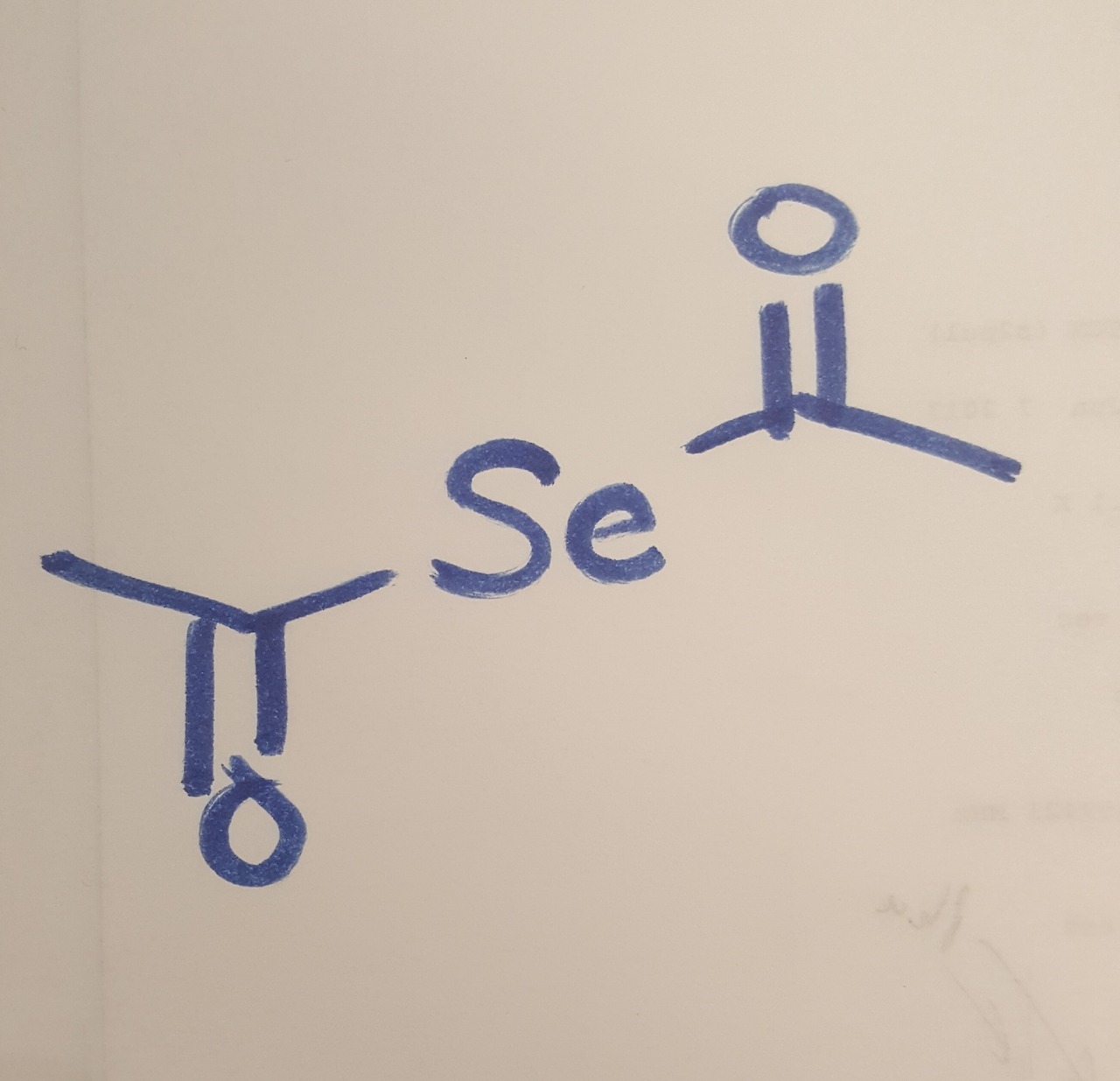Ceramics: Lanthanum hexaboride
A refractory ceramic material with a high melting point (over 2200C), lanthanum hexaboride, or LaB6, is a naturally purple-violet ceramic when the samples are stoichiometric, though boron-rich varieties are blue.
Insoluble in water and hydrochloric acid, lanthanum hexaboride’s most valuable properties are its low work function and high electron emissivity, as well as its ability to be stable in vacuum. The work function is loosely defined as the minimum energy needed to remove an electron from a solid to a point in the vacuum immediately outside the solid surface, which makes LaB6 an ideal material in applications that require loose electrons.
Because of these properties, LaB6 is mainly used as a hot cathode, often in the form of single crystals or as coatings. These hot cathodes are used in electron microscopes, microwave tubes, electron beam welding, and more. While tungsten filaments are often also used for these applications, LaB6 is many times “brighter” (has a higher current density) and has a much longer lifetime. Similarly, other hexaborides (such as cerium hexaboride) also have low work functions, and are occasionally used as well in these applications. Another application for LaB6 includes as a standard for x-ray powder diffraction to calibrate diffraction peaks.
Sources: ( 1 - image 2 ) ( 2 - image 3 ) ( 3 ) ( 4 )
Image sources: ( 1 ) ( 4 )





